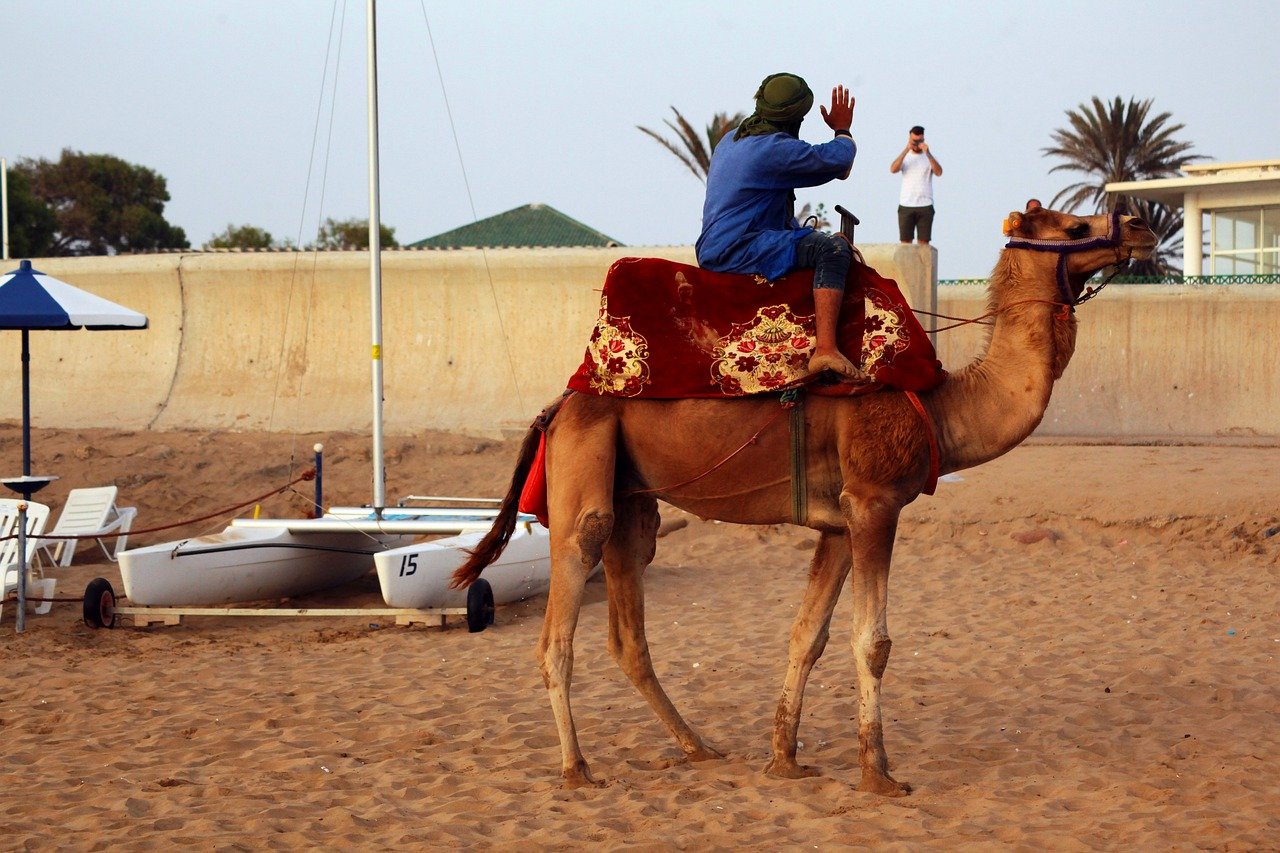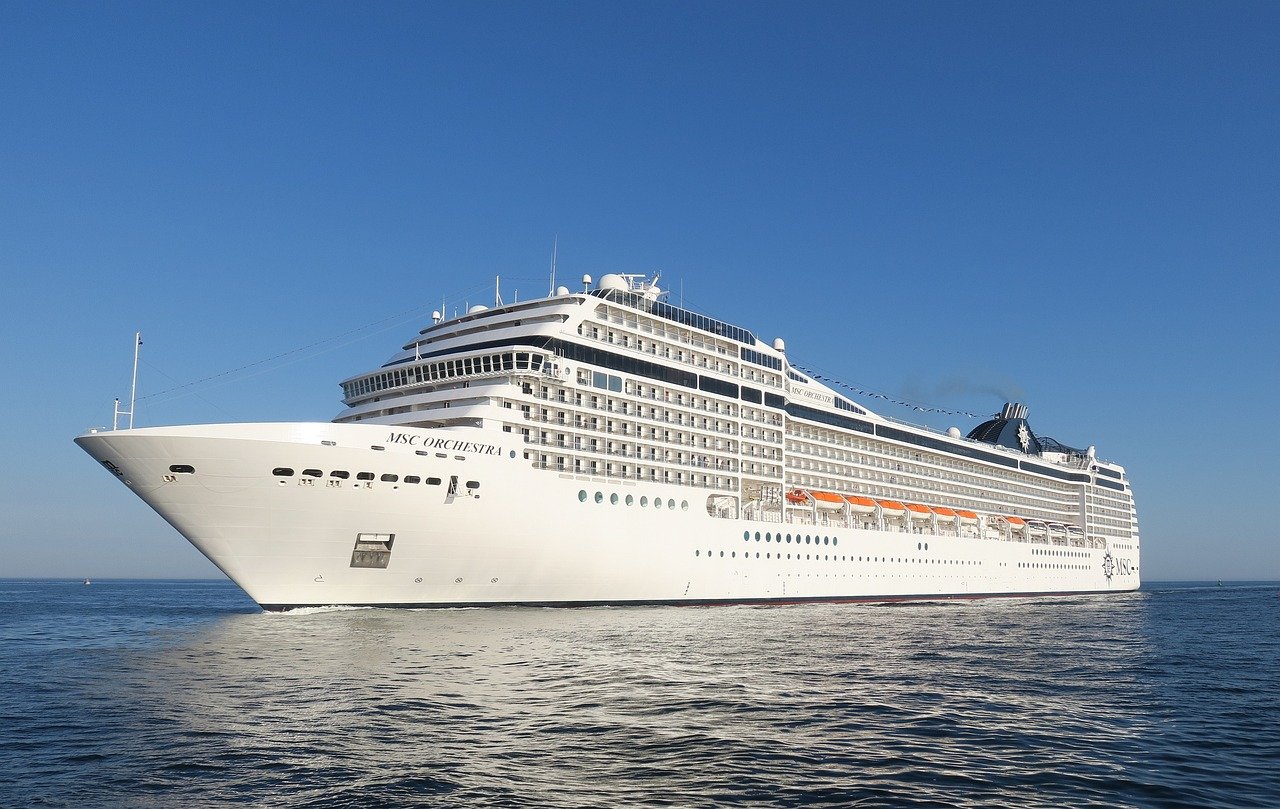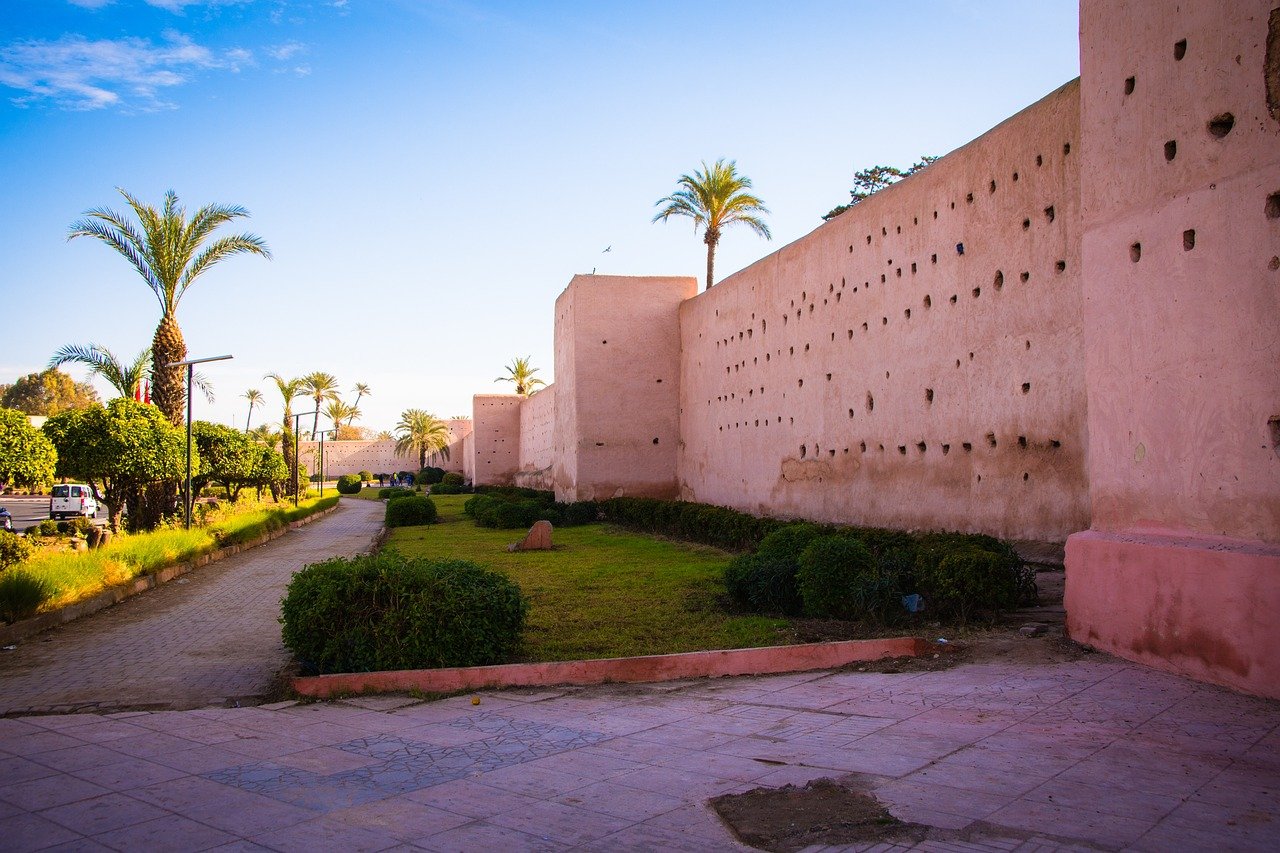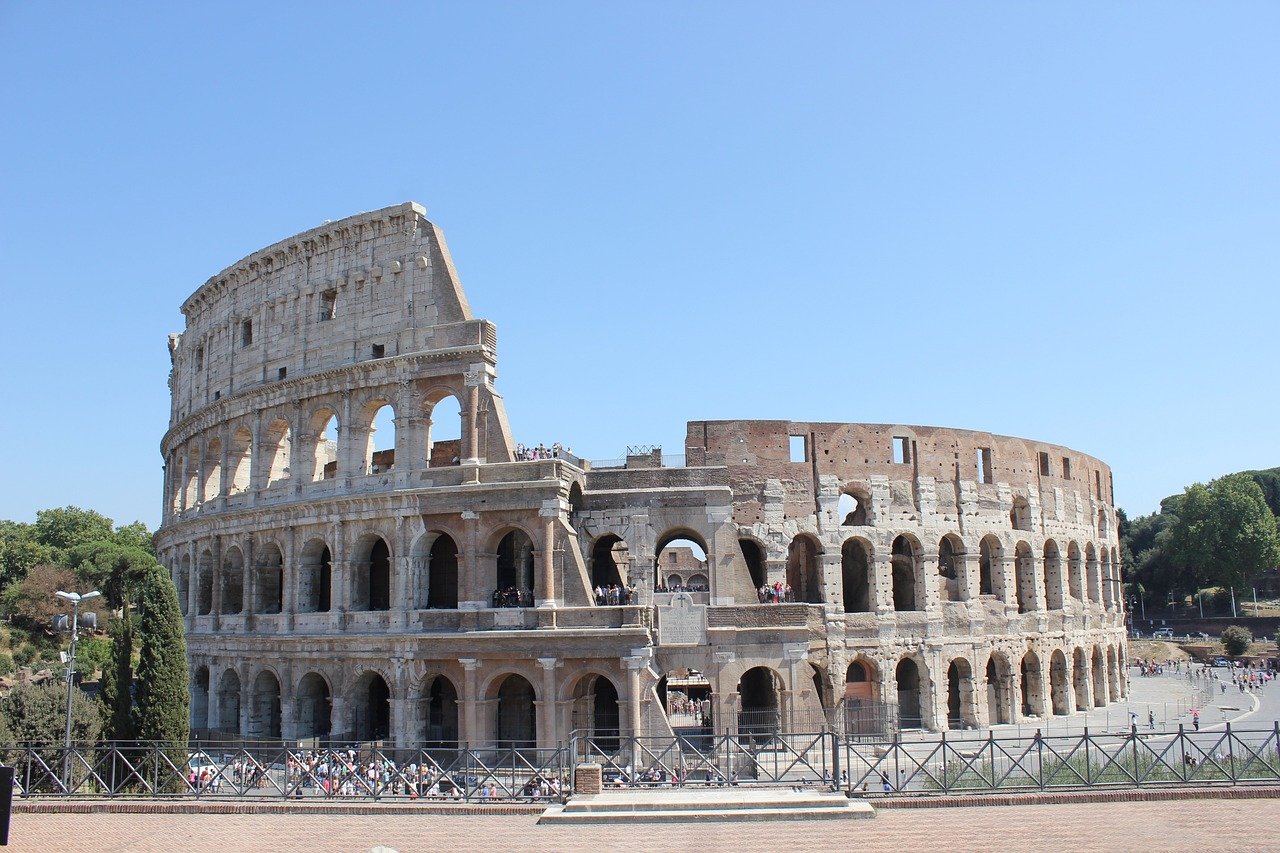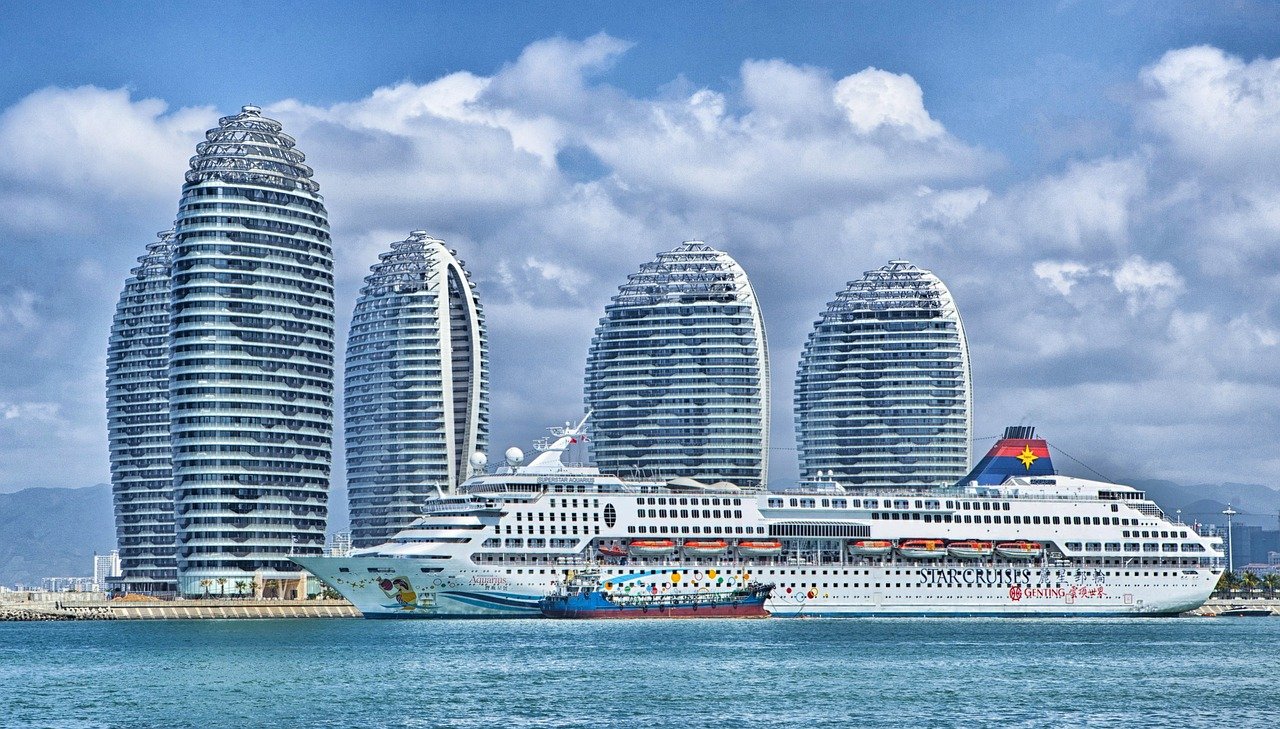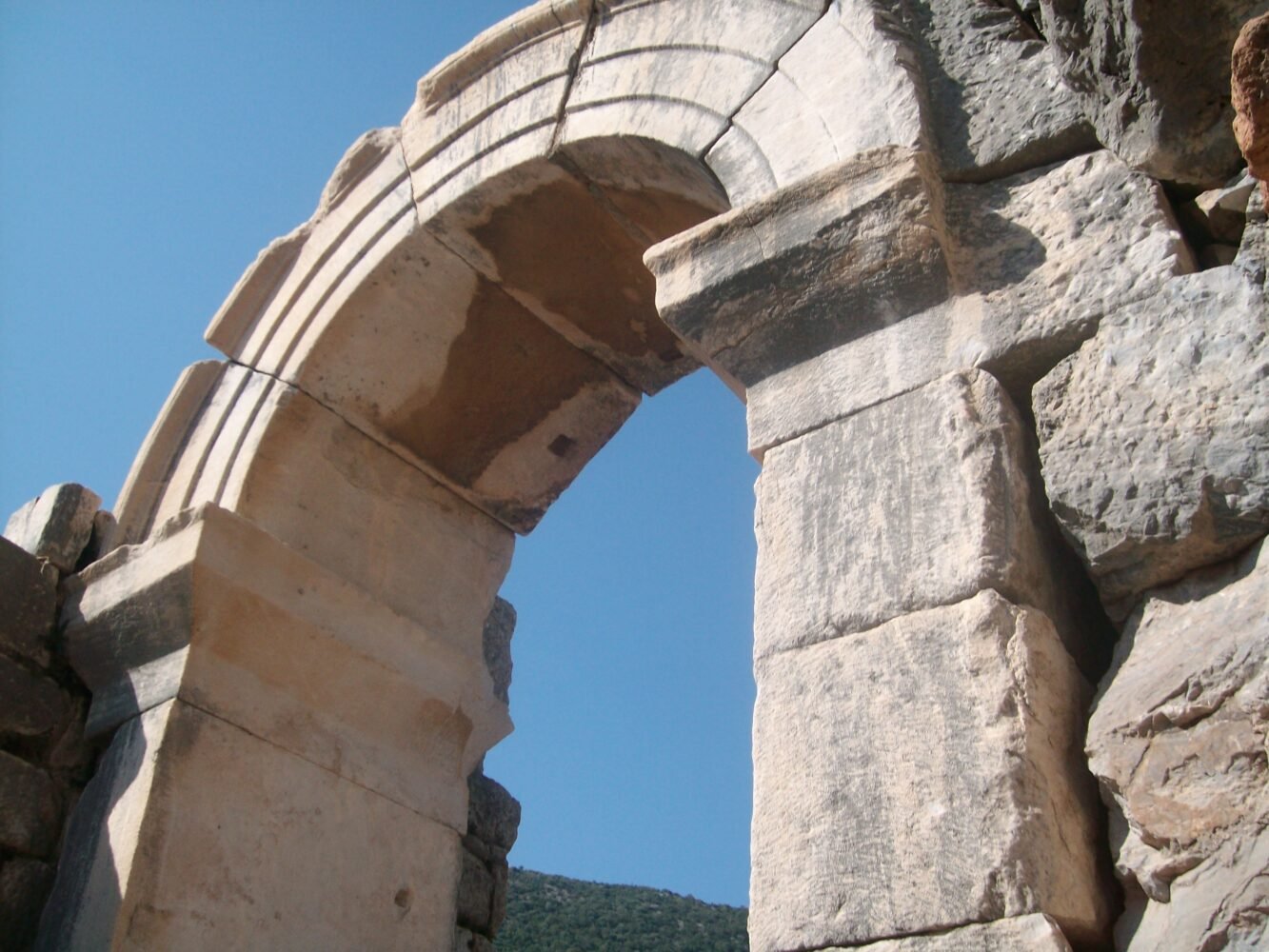Image by Abdelhak EL OUARGUI from Pixabay
Morocco is a diverse country with a climate that varies significantly depending on the region. From the coastal cities to the Sahara Desert, there’s always a perfect time to visit. Let’s break down the best times to explore this enchanting North African country.
January: Winter Charm and Festive Spirit
- Weather: Mild temperatures along the coast, with cooler evenings inland. Expect some rainfall, especially in the north.
- What to do: Experience the festive atmosphere of Moroccan cities, with Christmas celebrations in some areas. Explore historic medinas, indulge in traditional cuisine, and enjoy a leisurely pace of life. Consider a day trip to the Atlas Mountains for stunning winter landscapes.
February: Sunny Escapes and Cultural Delights
- Weather: Temperatures start to rise, making it more pleasant for outdoor activities. Rainfall decreases compared to January.
- What to do: Immerse yourself in Moroccan culture by attending local festivals and events. Explore the vibrant souks of Marrakech, Fez, and Essaouira. Enjoy camel trekking in the desert or hiking in the Atlas Mountains.
March: Blooming Beauty and Springtime Adventures
- Weather: Pleasant temperatures throughout the country, with blooming flowers and lush greenery.
- What to do: Witness the transformation of the landscape as nature comes alive. Hike in the Atlas Mountains, explore the charming coastal towns, and enjoy outdoor activities like cycling and horseback riding.
April: Ideal Conditions for Exploration
- Weather: Mild and sunny weather, perfect for sightseeing and outdoor activities.
- What to do: Visit the imperial cities of Fez and Meknes, exploring their rich history and stunning architecture. Enjoy beach holidays in Essaouira or Agadir. Take a day trip to the Ouzoud Waterfalls for a refreshing escape.
May: Warm Days and Lively Atmosphere
- Weather: Temperatures gradually increase, with warm days and pleasant evenings.
- What to do: Experience the vibrant energy of Moroccan cities during the spring festival season. Explore the bustling souks, indulge in delicious street food, and enjoy live music performances.
June to August: Summer Sun and Beach Bliss
- Weather: Hot and sunny weather, especially inland. Coastal areas offer a more pleasant climate.
- What to do: Relax on the beautiful beaches of Agadir, Essaouira, or Tangier. Explore the desert oasis of Merzouga, taking a camel trek or enjoying a night under the stars.
September: Pleasant Temperatures and Cultural Delights
- Weather: Temperatures start to cool down, making it a comfortable time to visit.
- What to do: Enjoy the perfect blend of warm weather and cultural experiences. Explore the imperial cities, hike in the Atlas Mountains, or relax in a traditional riad.
October: Golden Autumn and Harvest Time
- Weather: Mild temperatures and pleasant sunshine.
- What to do: Experience the beauty of the Moroccan countryside during harvest time. Visit olive groves and vineyards, and indulge in local delicacies. Enjoy outdoor activities like hiking and cycling.
Olive grove in Morocco
November: Relaxed Pace and Cultural Immersion
- Weather: Mild temperatures along the coast, with cooler evenings inland. Some rainfall is possible.
- What to do: Immerse yourself in Moroccan culture by attending traditional festivals and events. Explore the vibrant medinas, indulge in delicious cuisine, and enjoy a leisurely pace of life.
December: Festive Spirit and Winter Charm
- Weather: Mild temperatures along the coast, with cooler evenings inland. Expect some rainfall, especially in the north.
- What to do: Experience the festive atmosphere of Moroccan cities, with Christmas celebrations in some areas. Explore historic medinas, indulge in traditional cuisine, and enjoy a leisurely pace of life. Consider a day trip to the Atlas Mountains for stunning winter landscapes.
Note: This is a general guide, and weather conditions can vary from year to year. It’s always recommended to check the specific forecast before your trip.

